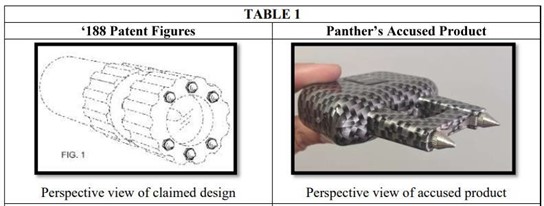The US Court of Appeals for the Federal Circuit vacated and remanded a Patent Trial & Appeal Board decision, finding that the Board erred by failing to explain its holding and reasoning regarding a motivation to combine prior art references. Palo Alto Networks, Inc. v. Centripetal Networks, LLC, Case No. 23-1636 (Fed. Cir. Dec. 16, 2024) (Stoll, Dyk, Stark, JJ.)
Centripetal Networks owns a patent directed to correlating packets in communications networks, introducing an innovative system designed to enhance network security. The patent focuses on packets (small data segments that collectively form larger communications) and their correlation across network boundaries.
Palo Alto Networks challenged the patent’s validity in an inter partes review (IPR) and argued its obviousness based on three prior art references. The first reference described a system using hashing techniques to identify packets traversing network address translation boundaries and teaching how to correlate packets across such boundaries to identify hosts transmitting or receiving them. The second reference detailed methods for detecting unauthorized traffic directed to unused IP addresses, notifying administrators of potential threats, and enabling automated responses, such as blocking or filtering malicious traffic. The reference taught notifying administrators how to manage packets involved in malicious activity after they crossed a network boundary.
Palo Alto argued that combining the packet correlation techniques of the first reference with the notification mechanisms of the second addressed a key claim limitation of the challenged patent. Palo Alto contended that transmitting an indication of a malicious host, as taught by the second reference, naturally followed from the correlation system described in the first. However, the Board found that Palo Alto failed to provide sufficient evidence or argument to show that a person of ordinary skill in the art (POSITA) would recognize the claimed responsiveness between the first reference’s packet correlation and the second reference’s notification mechanisms. Palo Alto appealed.
The Federal Circuit vacated and remanded the Board’s decision, finding that the Board erred by failing to clearly articulate its rationale regarding the motivation to combine the prior art references and whether their combination satisfied the critical limitation of the challenged patent claim. The Court emphasized that the proper inquiry in an obviousness analysis is not whether each reference individually discloses all claim elements but whether their combination would have rendered the invention obvious to a POSITA.
Palo Alto maintained that the Board did not dispute the existence of a motivation to combine and improperly searched for a “bridge” solely within the two references. Centripetal countered that Palo Alto had not established a motivation or provided evidence of a necessary connection – or “bridge” – between the prior art and the claimed invention.
The Federal Circuit determined that the Board’s decision lacked a definitive finding on whether a POSITA would have been motivated to combine the first reference’s correlation techniques with the second reference’s notification step. The Court noted that Palo Alto presented logical and evidentiary support as to why such a combination would make sense, arguing that without a notification step, the [...]
Continue Reading
read more


 Subscribe
Subscribe



